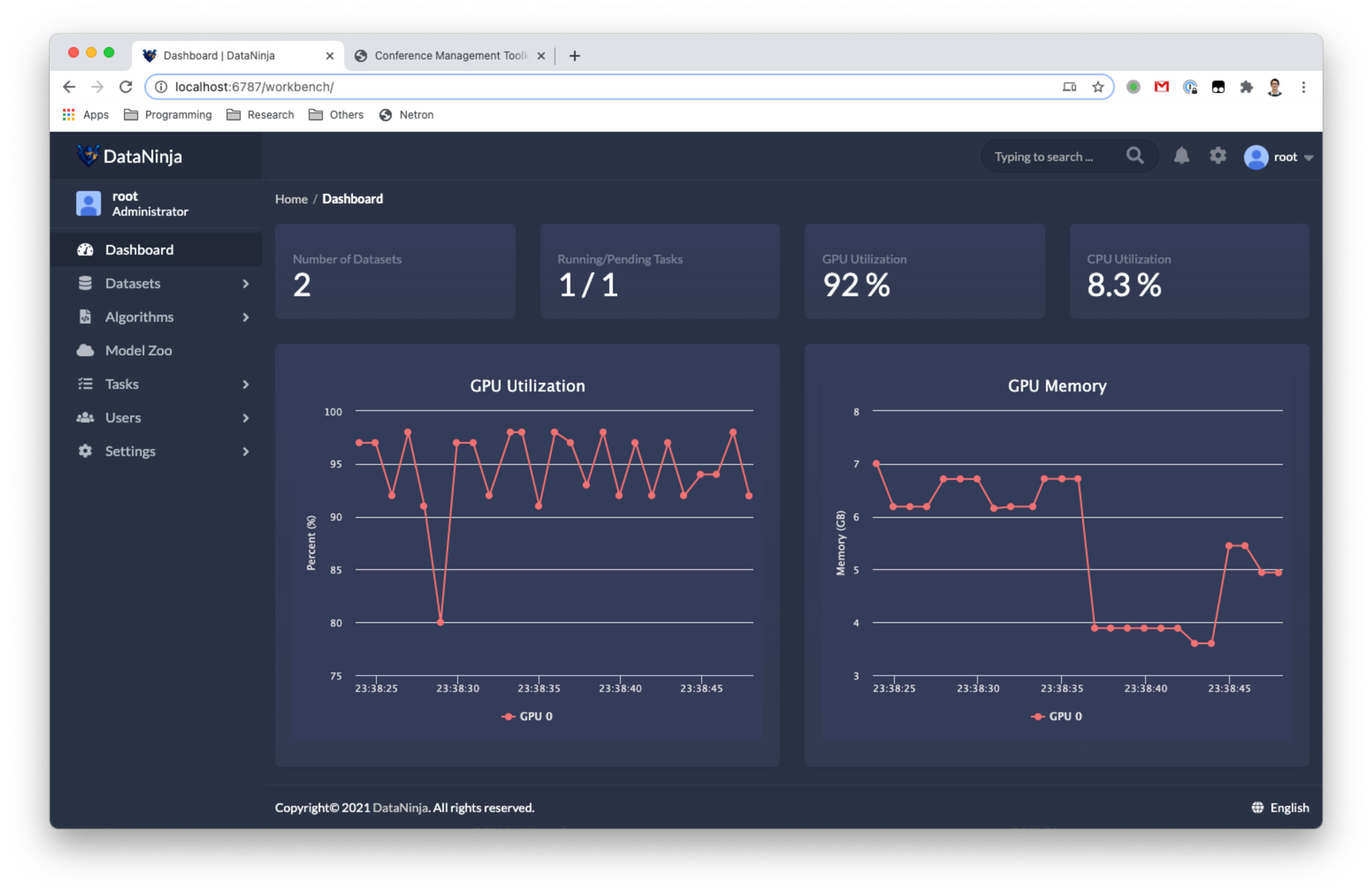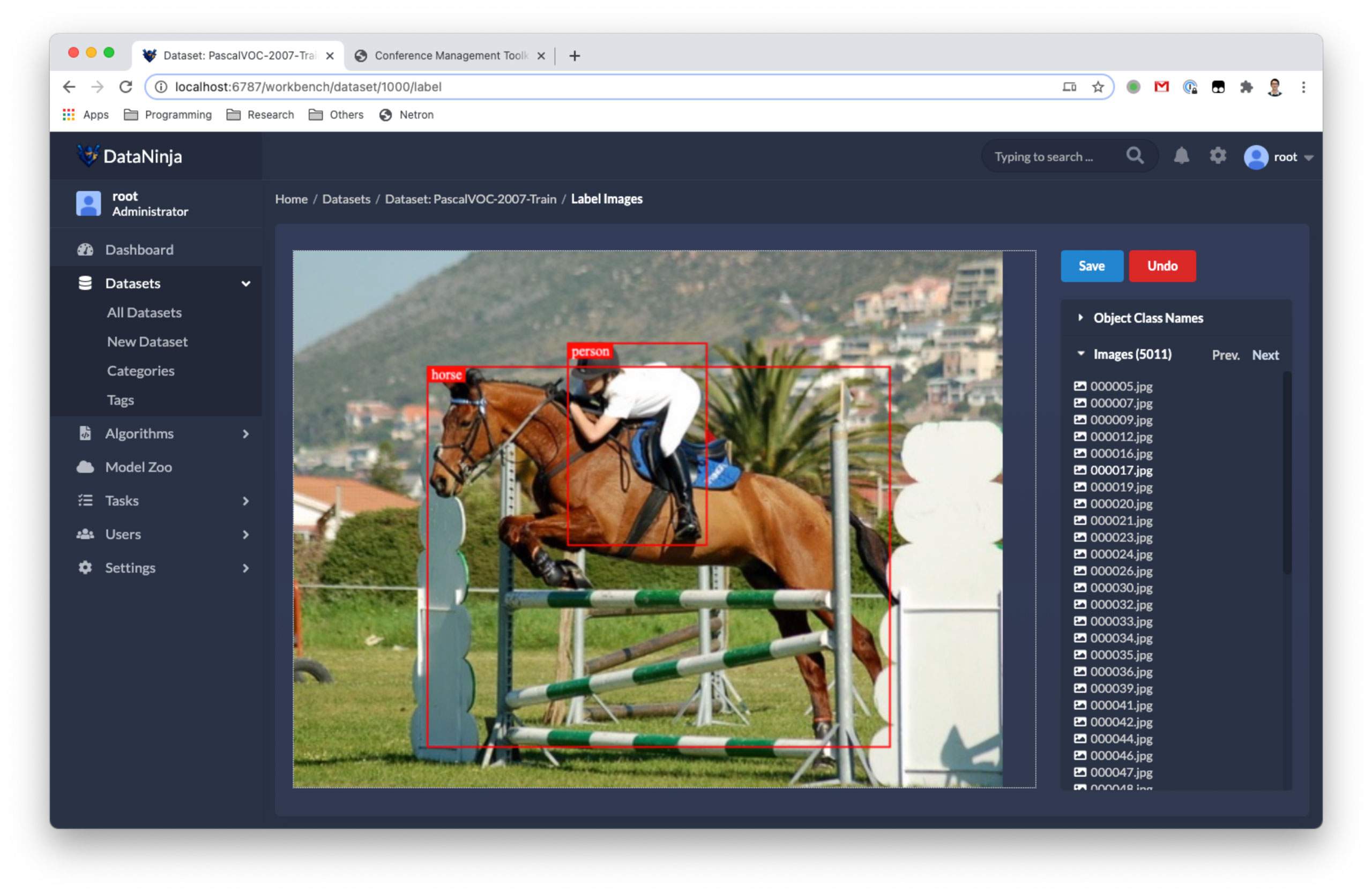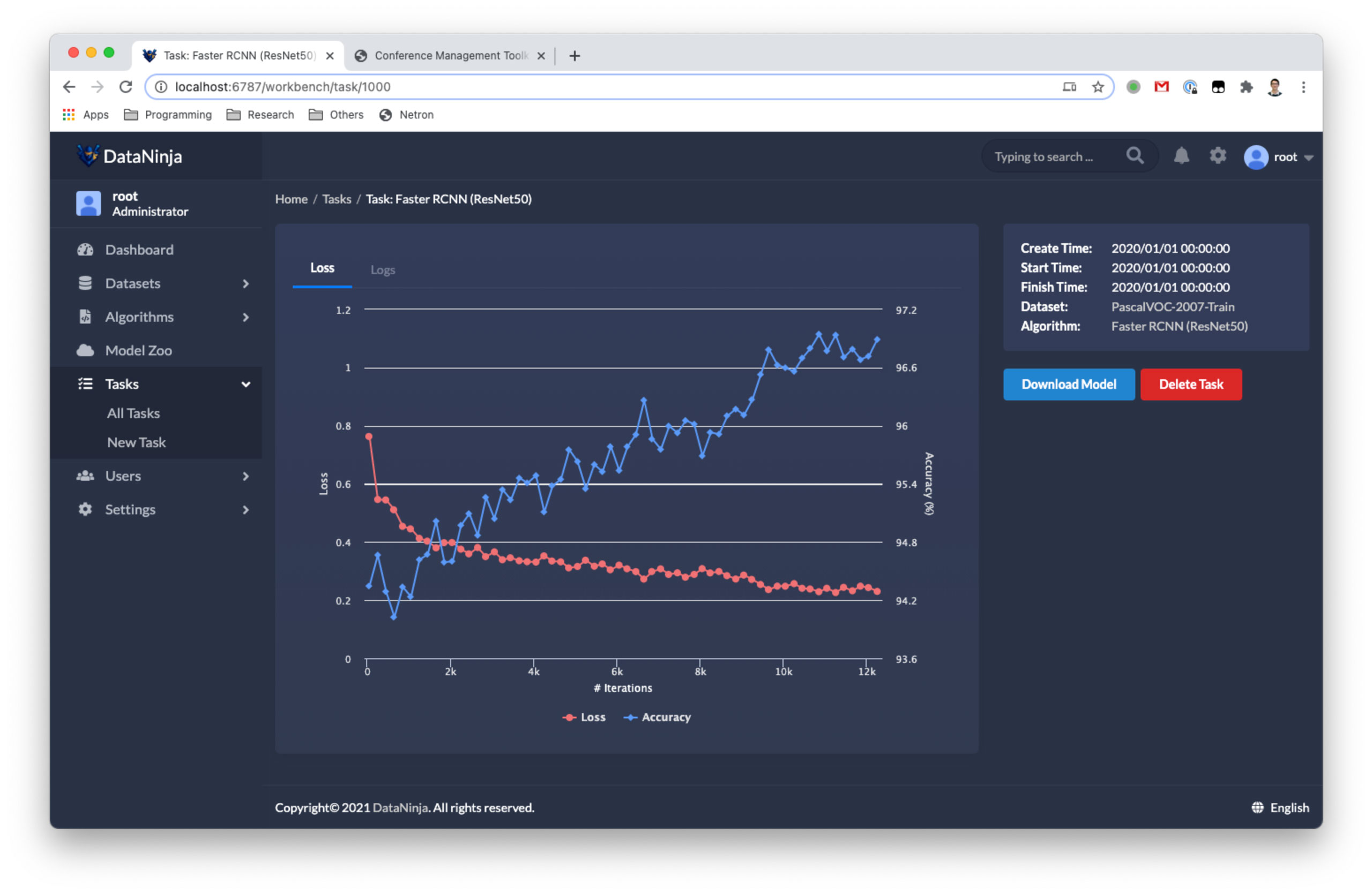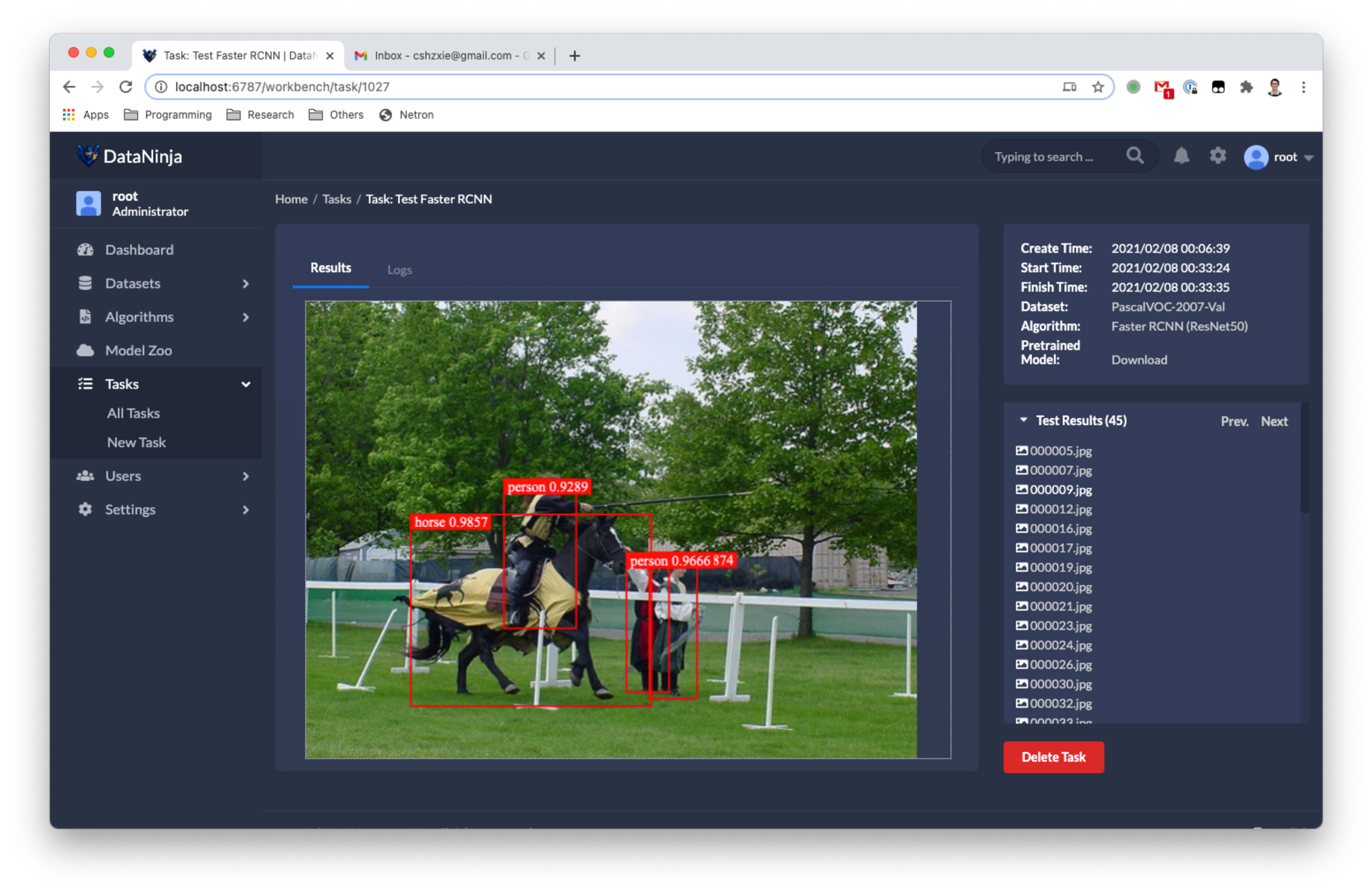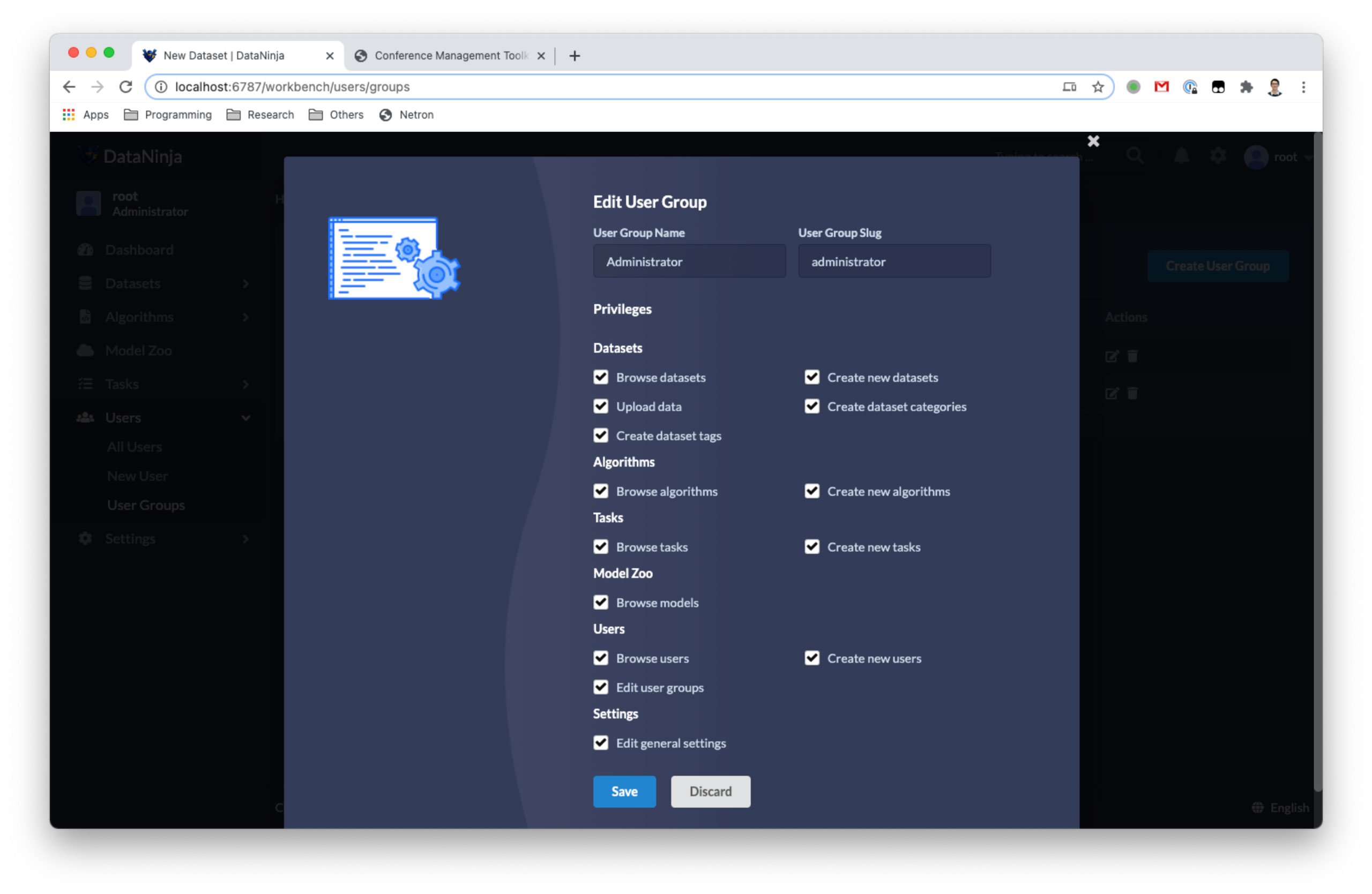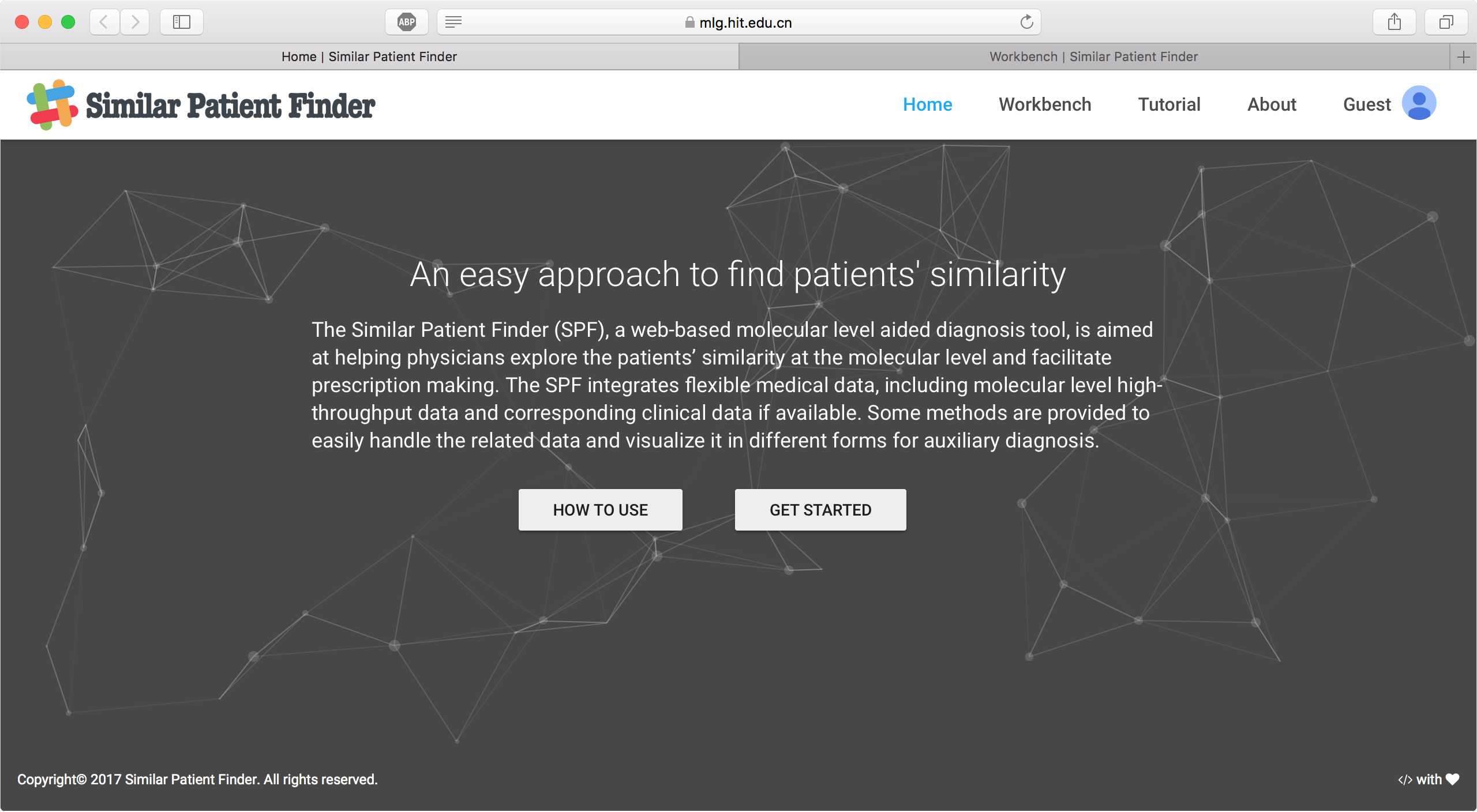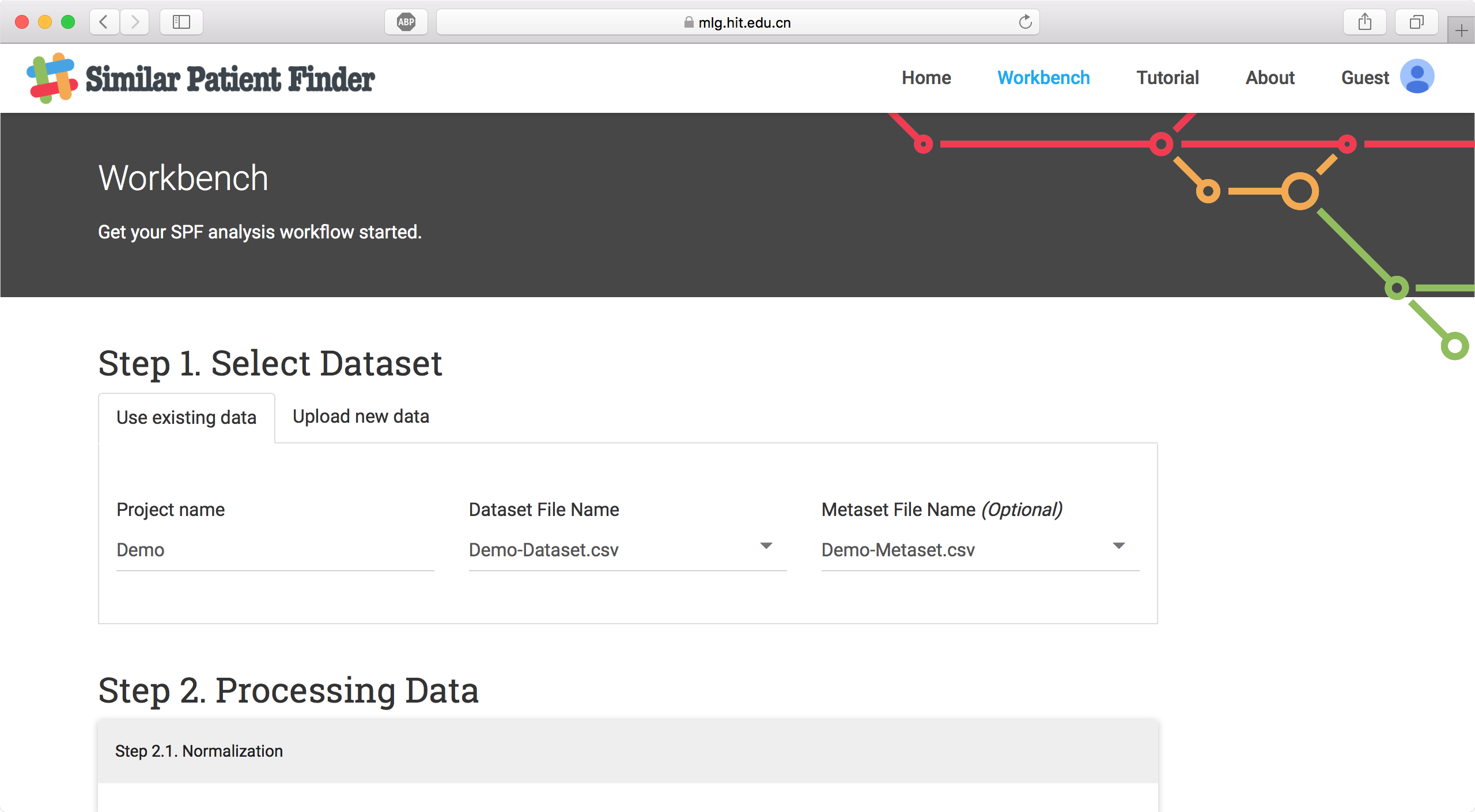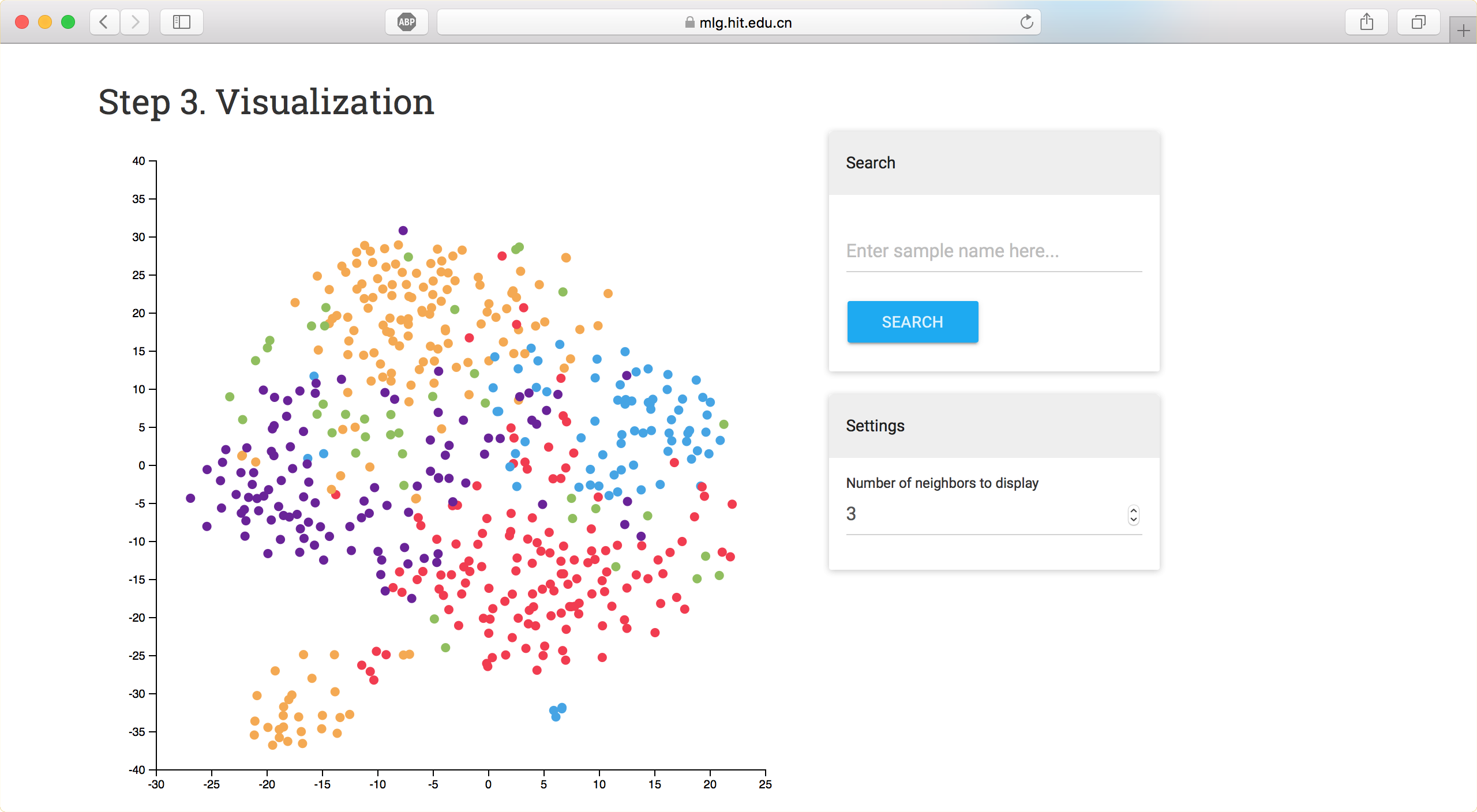Introduction
DataNinja is a web application that supports to label data, design algorithms, train algorithms, and test algorithms.
Related Patent
Code Repository
The source code of the project is not publicly available.
Screenshots
Introduction
Similar Patient Finder is a user-friendly, web-based diagnosis tool that enables physicians to find similarities between patients at the molecular level. It provides diverse methods to process data and a clear visualization of patients’ correlation, allowing physicians to easily identify a patient’s disease subtype, stage of disease, morbid state, and provide appropriate therapy advice or guidance on prescriptions.
Code Repository
Screenshots
In this tutorial, you will be setting up a numerical Python development environment for Windows 10. As you might have already realized, Python is rather simple to set up on a Linux/macOS box but as with many open source-based projects getting up and running on Windows is never trivial.
Good solutions for Windows are Enthought Canopy{.reference.external}, Anaconda{.reference.external} (which both provide binary installers for Windows, OS X, and Linux), and Python (x, y). Both of these packages include Python, NumPy, and many additional packages. However, you can still install these packages manually.
Introduction
Medical Image Tagger is a collaborative project between my team and Harvard Medical University. It was designed to improve the efficiency of medical students by 20% by using medical domain knowledge and a web service to tag medical images with relevant medical tags and image types. I was responsible for designing and developing the backend logic and database schema.
The initial version of the project was built using Java, and after collecting nearly 1 million datasets from the web service, an offline function was added. The second version of the project was built using Python and Django.
